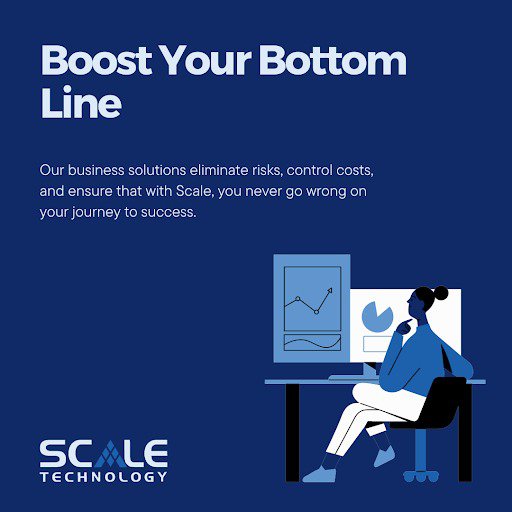Have you noticed that your email unsubscribe rate continues to increase? You may be missing some key tactics in your email marketing strategy.
In the arena of consumer marketing, having a continuous flow of new email subscribers and unsubscribers is considered expected and completely normal. Oftentimes, you actually will want to see individuals unsubscribing from your emails because that means that you are only communicating with the right customers who are interested in your products and services, making them more likely to listen to your message. But if your unsubscribe rate is growing faster than your subscribe rate, you may have some holes in your email marketing strategy.
One or more factors can contribute to lead losses, so re-analyze your strategy now and start planning new ways to conduct your email marketing campaigns with the following six elements in mind:
1. Over-Exposure
For every subscriber, there is such a thing as too many emails. If they get overwhelmed, they will not have any problems with unsubscribing and never re-subscribing again. However, the point of no return will vary from customer to customer. To reduce your unsubscribe rate, give readers the option to manage their subscription settings rather than only offering an unsubscribe button at the bottom of your emails. This way, they can choose the types of emails they want from you and the frequency at which they want them.
2. Engagement
Your emails should be short, engaging, and encourage an action. Emails that are too long or too boring are the ones that end up in the trash folder. To discourage unsubscribing for lack of engagement, shorten the length of your emails by sticking to the point and add interactive elements to boost positive metrics like forwards, click-through rates, and downloads.
3. Personalization
It may seem like a trivial suggestion, but personalizing your emails is important and easy to do. Utilize the templates on email marketing platforms like MailChimp to add first name placeholders in the subject and body of your emails. Don’t forget to keep your list clean by regularly verifying that contact information is entered correctly in the appropriate fields to make your emails are processed for the right person.
4. Exclusivity
If you use emails to advertise sales promotions, leverage the exclusivity of your email list as a database of more qualified leads, or individuals who are most likely to make a purchasing decision, by offering them a unique deal. If you offer the same discount to your contacts as you do to any visitor on your website, what is the point of subscribing to your emails in the first place? By offering a deal that no one else can get, this enhances the value of your emails and reduces the likelihood of unsubscribers.
5. Optimization
Did you know that 48% of emails are now opened on a mobile device? To make sure that your emails read clearly and load quickly on every device, make sure that you design them to be mobile responsive like your website. Just in case all of your formatting doesn’t displays correctly, include a plain text and HTML version of every email you send.
6. Segmentation
Once you gain a new email subscriber, it’s important that you nurture that potential lead with the right kinds of content. Starting with the form that initially captures their email information, add in options to choose from that outline the types of emails they could receive (blog updates, company news, sales promotions, etc.). Send them only what they ask for, and as you learn more about them (from feedback, engagement, or campaign analytics) segment them into a specific group that you can utilize to encourage purchasing decisions or other actions.
To learn more about planning a more effective email marketing strategy, contact Scale or call 501.235.8196 for a free online marketing consultation.



